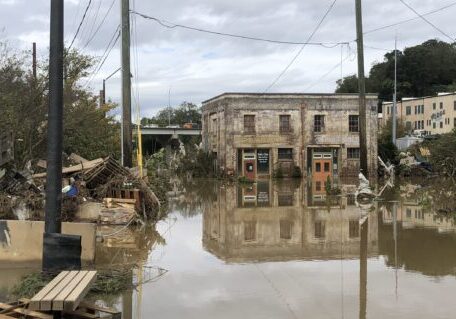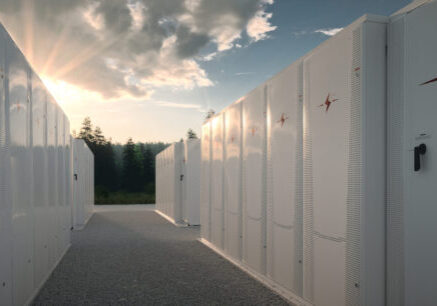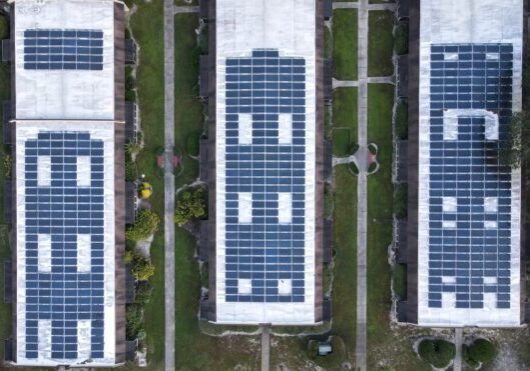August 19, 2015
Utilities Seek to Integrate Distributed Storage
By Todd Olinsky-Paul
For the past year or two, there have been many stories in the press about how utilities view distributed generation and storage as a threat, rather than an opportunity. Now, there is evidence that this is starting to change.
According to a new survey of electrical utilities by Black & Veatch, over 74 percent of utilities are looking to incorporate distributed behind-the-meter resources, such as solar PV and storage, into their business model. This is because they see distributed generation as a growing threat to their current business model, but also see that solar+storage is a key technology for operational demand response. The utilities surveyed stated that renewables combined with battery storage is the demand response technology that will have the greatest impact on their business going forward.
A current example is provided by San Diego Gas & Electric (SDG&E), which has proposed a pilot program to incentivize customers in specific high-demand areas to install behind-the-meter energy storage systems. SDG&E proposes a tiered system of cash incentives and/or reduced rates that could, when combined with the state’s SGIP incentives, render the storage free to customers. The payoff for SDG&E is that it will be able to draw on these aggregated behind-the-meter batteries during peak usage periods to reduce demand, thereby deferring expensive distribution system upgrades. The utility would also benefit from avoided purchases of the most expensive electricity to meet the highest demand peaks, and from using the aggregated storage to provide ancillary balancing services to the grid. The utility believes this pilot program could represent a new business model for utilities to incorporate and benefit from customer- and third-party-owned distributed energy resources.
SDG&E officials say there are three keys to the success of the pilot. First, incentives must be substantial enough to attract customers to the program. Second, the utility needs to see an adequate return from its demand management and ancillary services provision. And third, SDG&E must be able to sign mutually beneficial contracts with third parties like SolarCity and Tesla, which will provide the batteries to customers at no up-front cost.
The interesting thing about this proposed pilot program is that SDG&E’s customers, not the utility, would own the storage assets. A contract would define when the utility could use the storage systems, and customers would be able to choose what level of control to give the utility. Those customers giving the utility more control would receive higher incentives, those ceding less control would receive lower incentives.
That’s a significant difference from utility-owned storage pilots, because it implies that during non-peak times, customers could use their battery systems any way they chose… to lower demand charges, for example, or to reduce the overall amount of electricity they purchase by relying more heavily on on-site solar than they would be able to do without storage. Presumably, customers could also configure their systems to island during a grid outage, providing them with resilient power to support critical loads.
As important as it is that utilities in deregulated markets be allowed to own storage when doing so will benefit ratepayers – as recognized in the NY REV proceedings – it is equally important that utilities begin to integrate customer- and third party-owned distributed storage service provision into their business models, so that storage owners can begin to be properly compensated for the benefits the technology can provide. The SDG&E pilot would demonstrate one way to do it.














